Recently, I’ve been thinking again about access rights. Previously I was definitely on the side of ‘ride legal, or keep it quiet if you’re not’. Now, I’m not so sure. Increasingly, I’m coming to the conclusion that access is a right, and that the proposals for Wales – lauded as progress by many as opening most of the rights of way network to riders – are just fighting for crumbs. While in the Welsh case these crumbs are perhaps very large and tasty croutons, they perpetuate the structures of access rights being ‘granted’. Increasingly, being told I’m permitted or allowed to do something is jarring, and the irate jangly feeling that gives me under my skin makes me want to get outside with placards. Preferably somewhere I’m not ‘supposed’ to be.
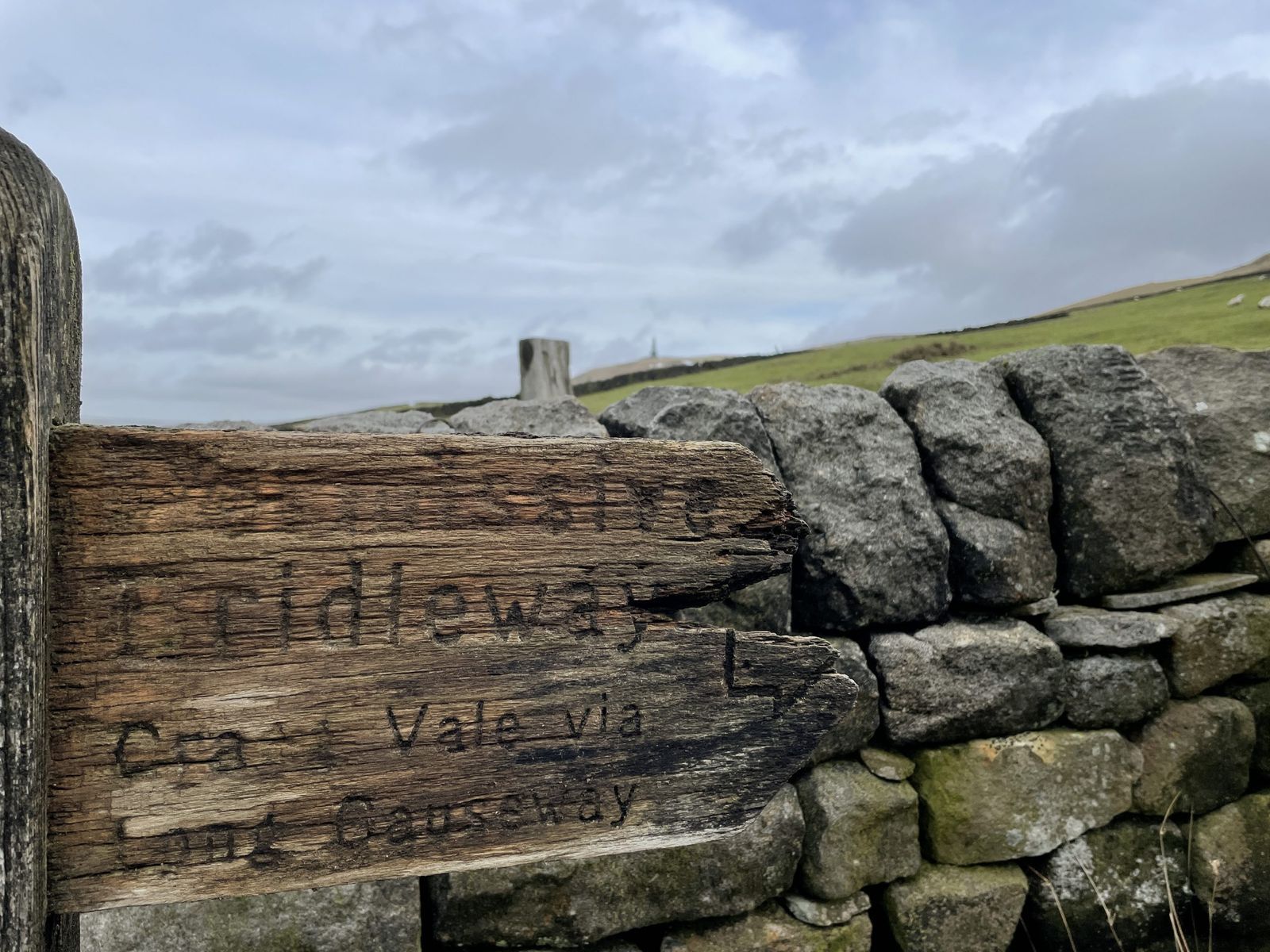
The reasons for this radicalisation are many – a confluence of various influences and events rather than a specific trigger. Being absolutely furious about the political leaders of this country, their financial influences, and shameless cronyism definitely plays a part. Why should I be abiding by access laws that enable a few incredibly privileged and influential landowners to keep the ‘riff-raff’ out? They’re already keeping people out of the most influential positions in the country and perpetuating their control through structures and policies that limit access to the best education and training to those that aren’t part of this influential elite. ‘We the people’ are being kept off the land by laws created by and for the benefit of the elite whose lands have been paid for by the profits often gained by birthright, exploiting low paid workers, slavery, and the environment.
Climbing down off the top step of my soap box, there is yet more land owned by utility companies and the Forestry Commission. These commercial-ish landowners have a mixed record on granting access, with the Forestry Commission doing a better job than many of the utility companies. I’m at something of a loss to explain what is incompatible with riding bikes on land that is more or less just sitting there waiting for the wind or rain to hit it – especially where there are maintenance tracks on the land for actual vehicles with four wheels and a combustion engine. Why can’t I ride my bike here too?
At a slightly less philosophical and more immediate practical level, I’m frustrated that lockdown has shown so many the importance and pleasure of outdoor space and access to it, but by having such limited access there has resulted a narrative of overuse, abuse and damage. The criticism of people for heading to beauty spots and making them too busy seems to me to be pointing the finger of blame in the wrong direction. We live in a world of supply and demand – not enough TV channels for you to find something you like? We’ll give you more to choose from! There’s a queue at the supermarket checkout – so an extra till is opened. When a local population descends on the few spots accessible to them and on which they have been permitted to ride their bikes, walk their dogs, or eat their picnics leads to a feeling of overcrowding, we don’t open up a new woodland, or offer up some extra fields to sit in. Instead we put up a bunch of signs issuing grumpy orders and even adding extra restrictions to what existed before. Don’t park here, don’t take your dog there, no cycling, no music, no swimming, no fishing.
Latest Singletrack Merch
Buying and wearing our sustainable merch is another great way to support Singletrack
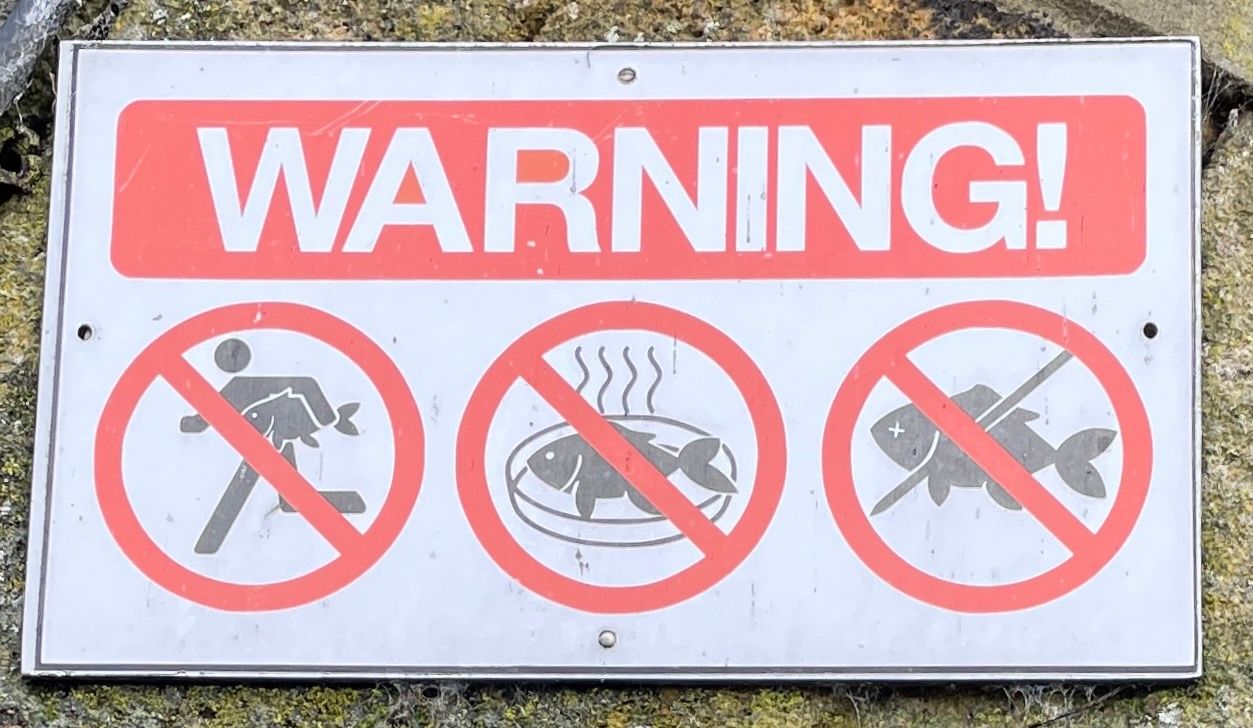
For as long as we talk about ‘granting’ access rights rather than considering access as a right, and granting protection where needed, I think the balance of power is wrong. I’m all for protection of fragile landscapes and vulnerable wildlife, but the current systems make a nonsense of that. When grouse moor owners can build trails for Land Rovers across their land, or burn heather, while simultaneously rejecting access requests on the grounds of protecting fragile peat bogs, I think it’s pretty hard to argue that the law is working in the interests of wildlife or landscape protection. I’d pretty happily have whole protected wildlife wilderness areas declared out of bounds for access in their entirety or on a seasonal basis, providing they were truly out of bounds – to the owners, or anyone trying to make money out of the resources there – and genuinely left as natural and wild habitats.
There has been a good deal of public outcry over the recent case of tax benefits being granted to a landowner in exchange for increased rights of access to the public – but with a good deal of mystery over what rights are supposed to have been given, or indeed if they have, and whether HMRC (who are surely supposed to be acting in the interests of the public, or at least the public purse…) has taken any measures to address it. That outcry seems to have gone beyond the relatively focussed interest groups of cyclists and into the wider public realm. In a similar vein, communities affected by flooding have long been raising some pointed questions about the relationship between Natural England and land owners. There may well be opportunities for campaigners to gain reviews of access and land laws by making an administrative nuisance of themselves, but I can’t help but feel like pen and ink might not get the changes we need.
Trespass is not (yet) a criminal offence, but incitement to trespass is. So I’m definitely not going to be organising any banner making workshops, or flash mob placard waving. Nor will I be encouraging you to ride where you ‘shouldn’t’ be. No. Definitely not. But next time someone tells me I’m not supposed to be somewhere, I’m going to be a little less meek and apologetic. I’ll be nice, I’ll say hi, but I’ll also ask ‘why?’.
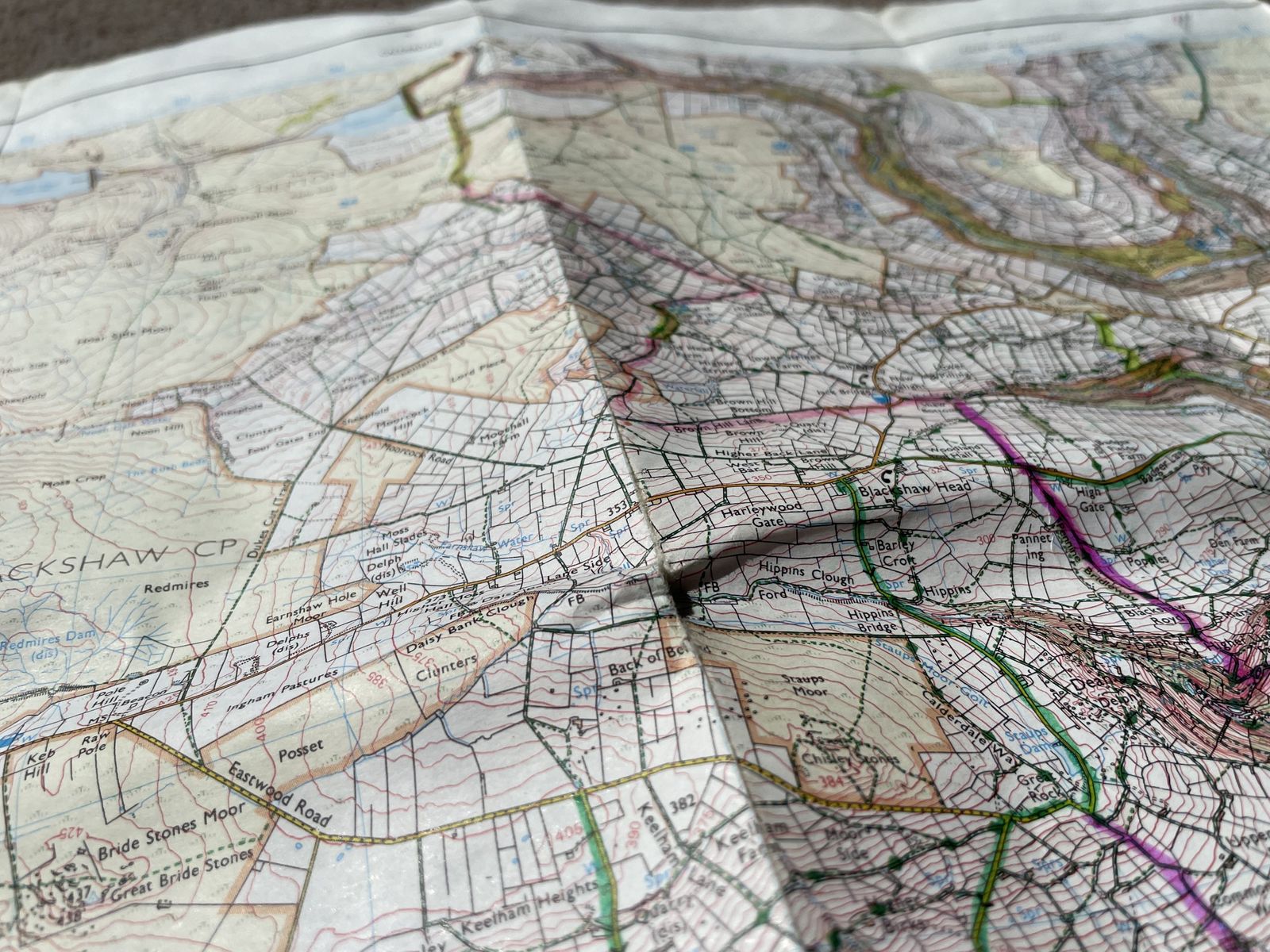




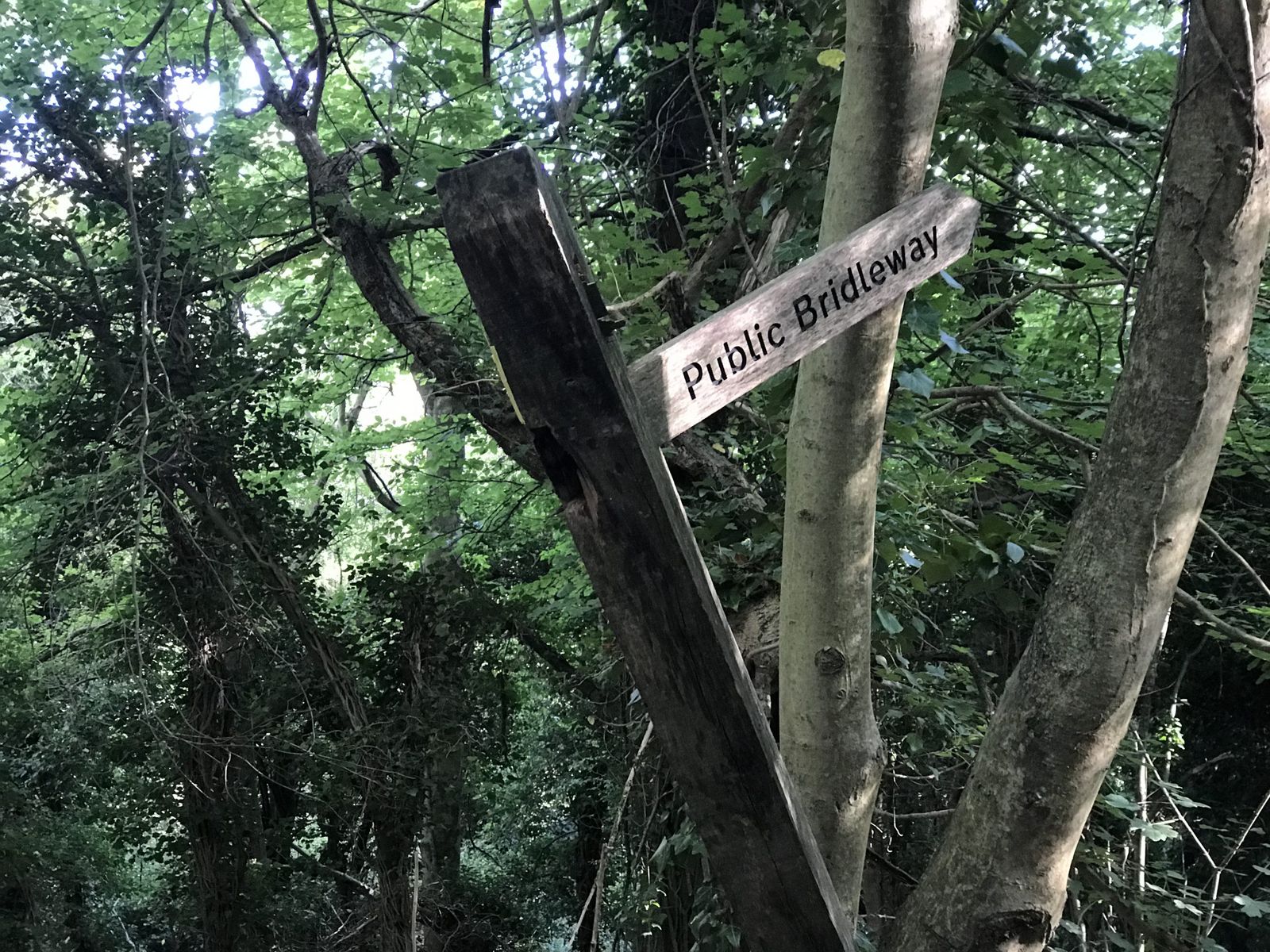
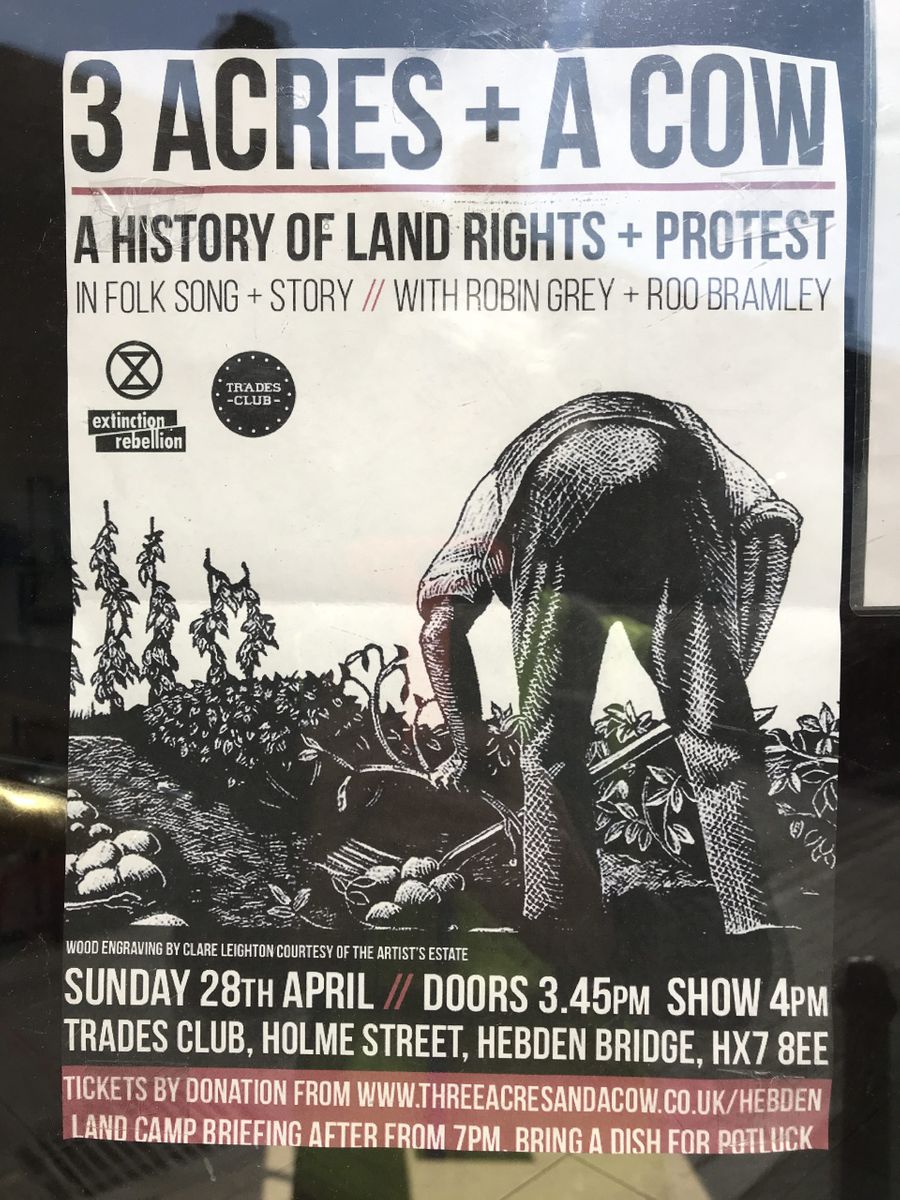

I’ve taken to this approach over the last decade or so. My general feeling is that of “do less damage”, so not riding anywhere I’ll rip up the trail – be that BW, FP, byway or whatever. I’ve had a few interesting conversations, both positive and negative, with walkers when my approach has been “why?” Then followed up with discussions about responsible riding and the idea that walking access only came about because of trespass and what’s the difference between a bike and a Zimmer frame/walking stick anyway?
One I agree with here – notably there is a creeping change locally (South Devon) where bridleways and green lanes are gradually having their signs changed and they are all being labeled as public footpaths. Inevitably leading to conflict between long time local riders and recent walkers. I have taken to carrying the OS map to show people but this sort of thong really does not help!
The other key point for me is that many landowners rely on subsidies, so effectively I am my tax paying them (via my taxes) to deny me access to the land.
I’ve also noticed the creep of footpath signs where there are Bridleways on the South Downs.